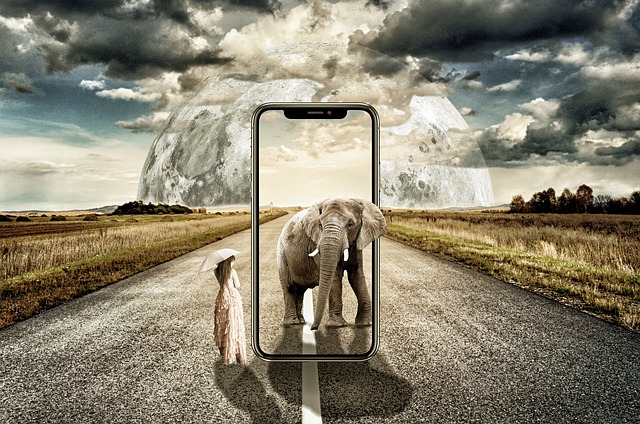
Ismail Sirdah is a world-renowned photographer who shot to fame for his mastery of art photography, travel photography and using imaging technologies. Ismail Sirdah is an avid user of Smartphone’s, which he believes have done a lot to disrupt the traditional boundaries of photography. A phone camera can easily be used to capture fun shots and behind the scene shots in no time. The compact nature of the phone means you do not have to worry about external storage. You can also instantly share captured images, with friends in person and through the social media. When choosing a phone to use in photography, there are several things you need to take into account to capture perfect photos.
According to Photography Concentrate, the most critical, considerations include image quality, screen, price, megapixels, video quality, storage capacity, image stabilization feature, battery life and accompaniments like panorama capabilities and exposure control among others. The image quality is defined by factors such as color (white balance and tint), sharpness, contrast, and saturation. The megapixel is an important quality if you intend to share your images with friends or make hard copies via printouts. The photographic enthusiast will also appreciate the fact that a wide variety of camera phones on the market today can shoot HD video in the region of 1080p. An ideal camera phone should be able to shoot ultra high definition resolution of 4k.
iPhone X Review
One of the latest gadgets to catch the attention of Ismail Sirdah is the new iPhone X camera. He believes the phone camera is better at shooting in low light settings due to its clarity. The key features of the phone include:
• 5.8’ OLED HDR display
• A11 Bionic CPU
• Dual 12 Megapixel camera with OIS
• Face ID
• Storage space of either 64GB or 256 GB
The iPhone X rivals in the class include the Samsung Galaxy Note 8, Google Pixel 2 and XL and Huawei Mate 10 PRO. The phone was released by Apple in the fall of 2017. According to Techradar, the iPhone X Smartphone camera is eerily similar to the iPhone 8 Plus camera. Both come with a dual 12MP sensor array that can be used to capture, clinical depth perception and zoomed images. The sensor is also capable of taking still images. Whilst, the iPhone 8 Plus has a f/2.8 aperture, the iPhone X features a f/2.4 aperture. The optical image stabilization feature is also present in the phone’s wide-angle lens. The frontage, 7MP True-Depth camera comes with a host of capabilities, including; Face ID, telephoto lens upgrade and portrait mode, all of which have earned the phone lots of credence when it comes to shooting selfies. The portrait mode allows the user to cut the subject, change the lighting of the scene and blur the background.
The camera also features improved contrast ratios, rich color schematic and advanced low light performance, which make it perfect for taking photos on the go at different light intensities. In terms of video, the iPhone X video graphic capabilities are some of the finest in the market. The phone is designed to deliver visual clarity, fluid images in 4K at speeds of 60 frames per second. Videographers and other users who demand expanded storage can opt for the 256GB capacity iPhone X. The phone comes with 5.8’ display and features an impressive aspect ratio of 19:9. The screen resolution is similar to the one in the Apple watch, which is set at about 2436 x 1135 pixels. The display supports Dolby Vision HDR and the highly intense DCI P3 color gamut. In terms of performance, an excerpt in Trusted Reviews indicates that iPhone X runs on a powerful A11 Bionic chip, 6-Core processor and supports 3GB RAM.
iPhone X doesn’t feature a home button; for this reason, the multitasking menu must be continually accessed via swiping. The apps, on the other hand, can be chosen by tapping and pointing the X icon. An extra display bar is used to indicate apps that have not been updated. The Android device comes with a more lasting battery that can be charged using the open Qi charging standard or wireless system, which must be enabled before use. The downsides of iPhone X include the noticeably steep price, none fast charging power plug and support software that can do with more optimization to create taller displays. The notification system on the iOS 12 also requires a revamp to make it more user-friendly. The handheld device retails in several outlets at a price range of $999 to $1,099.99.
